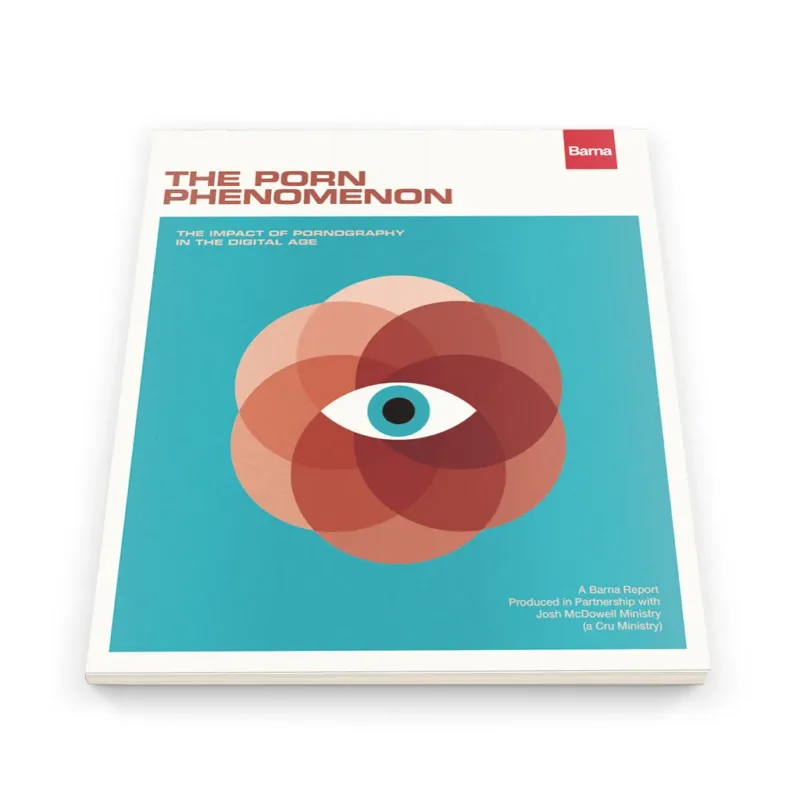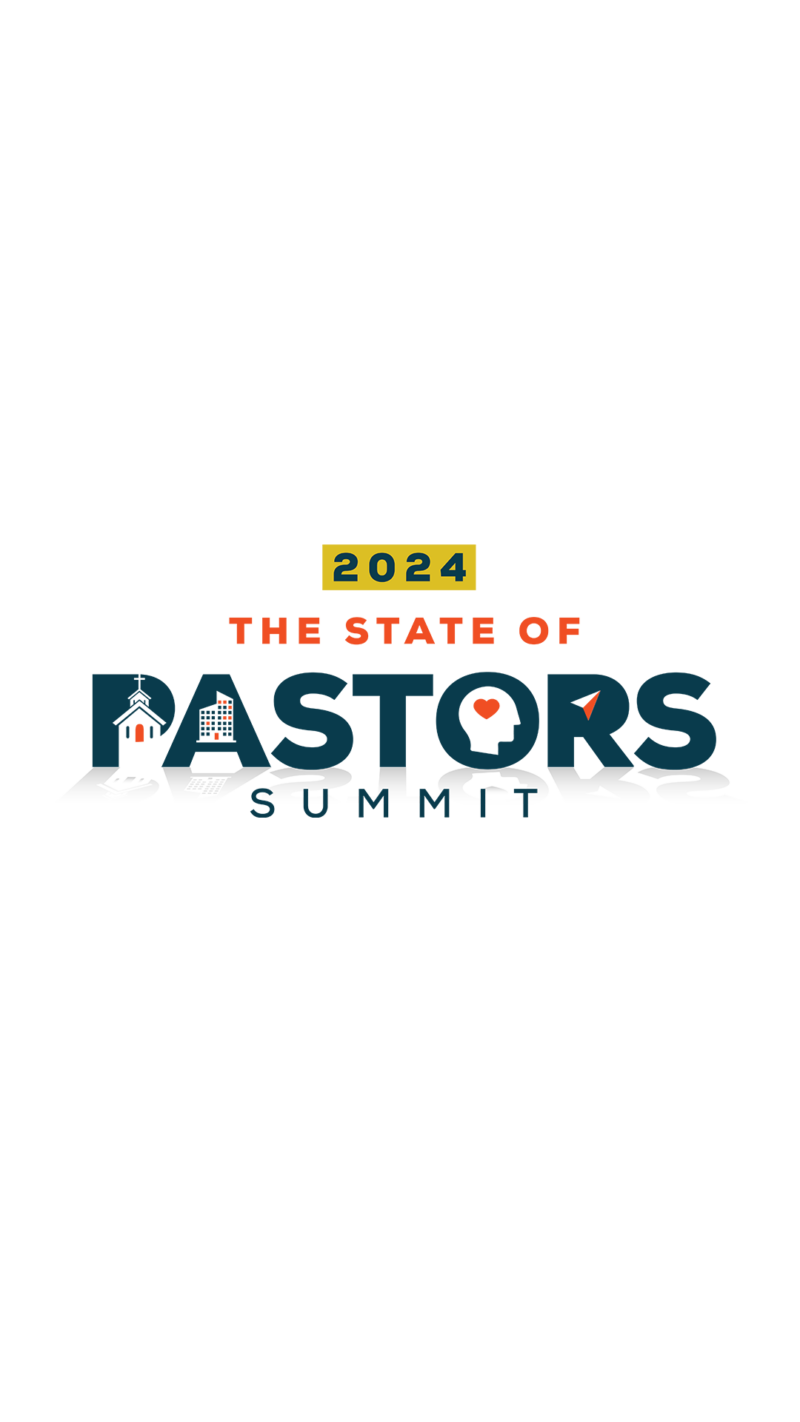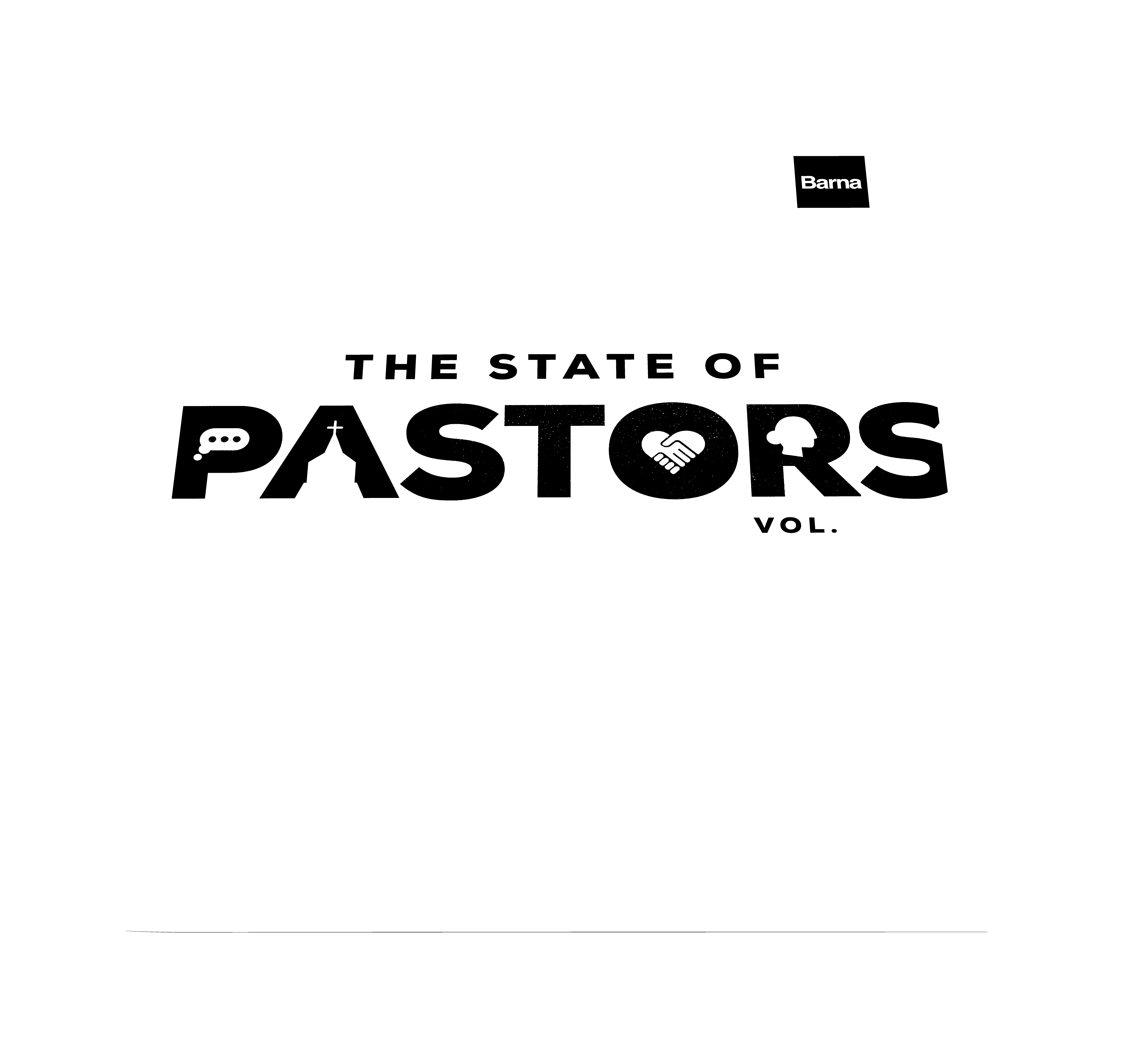The Porn Phenomenon
The Impact of Pornography in the Digital Age

The porn crisis is not coming… It is here.
The Porn Phenomenon is an assessment of the cultural place of pornography today.
Pornography is pervasive, permeating our culture from shop windows to web ads, premium cable shows to smartphone apps. Where once it was kept literally under wraps, used furtively in secret and shame, porn is now a standard feature of everyday life, seen by most teens and young adults as less morally offensive than failing to recycle.
The Porn Phenomenon
Produced in partnership with Josh McDowell Ministry, you’ll find The Porn Phenomenon study exposes the breadth and depth of porn’s impact and shows that the Christian community can no longer ignore pornography’s effects on the minds and hearts of the next generation.

This study is sure to stir up a conversation about porn in our society and within the Christian community – and we hope it leads to healthy, meaningful change. Because a lot of what we have been doing to help address porn in a digital culture doesn’t seem to be working very well.
Here are some of the top-level findings:
Porn: What Is It and Why Use It?
- Porn is notoriously difficult to define. For Americans, it’s more a question of function than form.
- The defined porn mostly based on the function it serves: for the purpose of sexual arousal.
- Most Americans do not believe full nudity or especially partial nudity qualify as porn.
- There is a wide range of definitions of porn across various segments of society.
- People use porn for the obvious: arousal. But also for boredom, curiosity, and fun.
- Younger adults and teens are more likely than older adults to use porn for boredom, curiosity and fun.
- Those 25- to 50-year-old tend to use for getting sex tips or to set a mood with a partner.
- “Being less risky than actual sex” is higher motivation among both teens and older adults—for different reasons, presumably.
The Morality of Porn
- One of the favorable realities uncovered by the research is the degree of transparency respondents display on the topic.
- Porn is a much more readily “researchable” topic than it was two decades ago. It’s a subject that does not have the same social taboo that it once did. When respondents were allowed to “opt-out” of questions of a personal nature, more than 90% continued through the survey questions, indicating data reliability.
- Most Americans believe porn is “bad for society,” but those attitudes are shifting toward neutrality or “good for society” among younger generations.
- Only small minority of adults who use porn report much “guilt” about porn.
- Teens are most likely age segment to experience feelings of guilt, although it’s still a minority of teenagers.
- Practicing Christians are twice as likely as others to experience guilt.
- Teens and young adults have “encouraging” or “accepting” conversations toward porn.
- When they talk about porn with friends, 89% of teens, and 95% of young adults say they do so in a neutral, accepting, or encouraging way. That is, only one in 20 young adults and one in 10 teens say their friends think viewing pornography is a bad thing.
- Teens & young adults view “not recycling” as more immoral than viewing porn.
- 32% say viewing porn is “usually or always wrong” compared to 56% who say not recycling is “usually or always wrong.”
Porn in the “Screen Age”
- Pornography has gone almost completely digital.
- Example: 71% of adults, 85% of teens and young adults who have viewed pornography did so using online videos
- Magazines, graphic novels, on-demand videos and cable or rented/purchased DVDs are a very small part of the “market.”
- Not only is porn more accessible in the digital context, but unsolicited porn has increased substantially as well.
- Nearly half of young adults say they come across porn at least once a week—even when they aren’t seeking it out.
- Nearly three-quarters of young adults (71%) and half of teens (50%) come across what they consider to be porn at least once a month, whether they are seeking it or not.
- While porn has typically been a man’s domain, its usage among young women seems to have become more common, perhaps due to digital access.
- Teenage girls and young women are significantly more likely to actively seek out porn than women over age 25, which is similar to men.
- However, more than half of women 25 and under ever seek out porn (56% versus 27% among women 25-plus) and one-third seek it out at least monthly (33% versus just 12% among older men).
- In contrast, among teen and young adult men, 81% ever seek it out and 67% at least monthly. Among men ages 25-plus, the comps are 65% and 47
- Most teens are “sexting”—either on the receiving or sending end of sexually explicit images.
- 62% of teens and young adults have received a sexually explicit image and 41% have sent one (usually from/to their boy/girlfriend or friend).
Porn and Pastors
- Most pastors (57%) and youth pastors (64%) admit they have struggled with porn, either currently or in the past.
- Overall, 21% of youth pastors and 14% of pastors admit they currently struggle with using porn.
- About 12% of youth pastors and 5% of pastors say they are addicted to porn
- 87% of pastors who use porn feel a great sense of shame about it.
- 55% of pastors who use porn say they live in constant fear of being discovered.
- The vast majority of faith leaders who struggle with porn say this has significantly affected their ministry in a negative manner. It is not clear why, but youth pastors are twice as likely as pastors to report this kind of unfavorable impact.
- There is a big difference of opinion between faith leaders and congregants when it comes to the consequences for pastors who struggle with porn.
- Only 8% of pastors think that a pastor should resign his/her position if s/he is struggling with porn. Most pastors think s/he should deal with the struggle through counseling or accountability.
- In contrast, 41% of adult Christians think that pastors should be fired or asked to resign if they are found to be using porn. Younger Christians are more likely to take a grace-filled approach.
- The vast majority of the faith community, including leaders and laity, believe pornography is a bigger problem in the Church than it was two decades ago. But many do not know what to do about it.
- 93% of pastors and 94% of youth pastors say it is a much bigger or somewhat bigger problem than it was in the past.
- More than half of youth pastors have had at least one teen come to them for help in dealing with porn in the past 12 months.
- Although teens seeking help are mainly teen boys, there is still a significant amount of teen girls seeking help from youth pastors.
- Men of all ages and stages, but especially married men, are coming to pastors for help with pornography struggles.
- Despite the awareness of the problem, most churches do not have programs specifically designed to assist those struggling with porn use.
Christian community, what can we do to take action on research like this? We would do well to consider and pray for the very personal stories and struggles that form these numbers. In what ways can you address the challenges of the phenomenon of porn in your context today?




